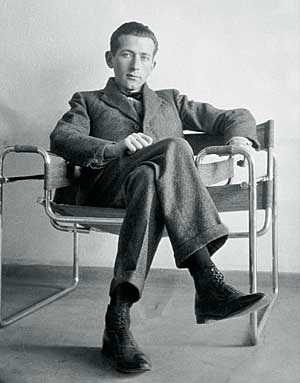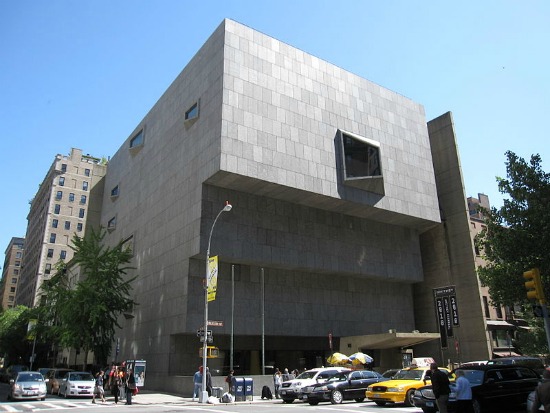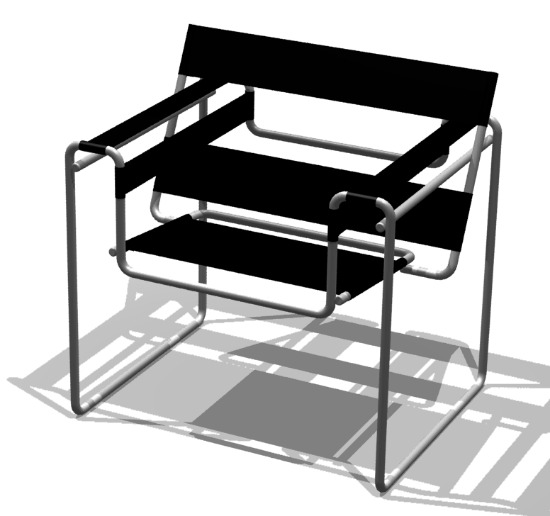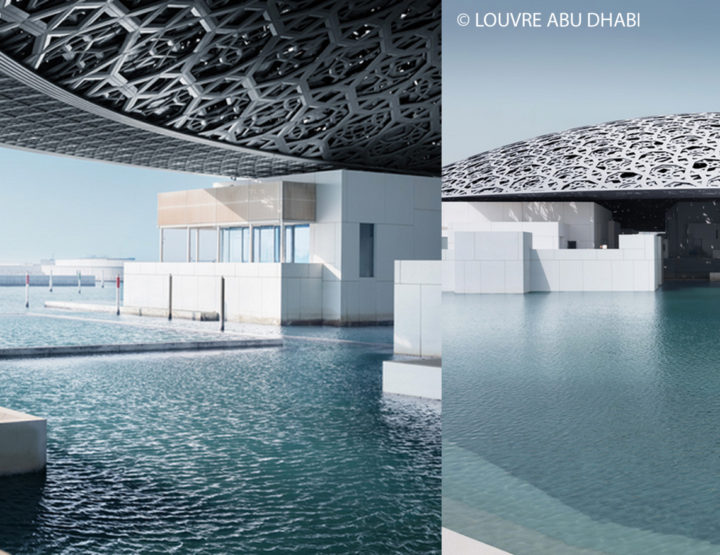In the great pantheon of outstanding modern architects and furniture designers of the 20th century, Marcel Breuer stands out for his inspired works that exude an international flair.
Born in Pecs, Hungary in 1902, Breuer first studied art in Vienna before eventually becoming a student at Bauhaus – Germany’s famed school founded by modern architectural pioneer, Walter Gropius. Breuer’s greatest interest and most prominent talent was in modular construction – the combination of standardized units to form a technically simple but functional complete unit. The Bauhaus school was an ideal place for him to develop and refine this skill set. Eventually, Breuer moved to the U.S. where he set up an architectural studio with Gropius. Together, the two designed the Pennsylvania Pavilion at the 1939 New York’s World Fair, a futuristic exhibit that exemplified their combined range of talents. Soon after, Breuer went on to establish his own architectural practice, entering a 10-year period between 1940 and 1950 that many say was his most productive. During this time, he designed over 60 private homes, including one on the grounds of the Museum of Modern Art that he decorated with endearing plywood furniture. In 1966, Breuer designed one of the masterpieces of modern American architecture: the Whitney Museum of American Art. The building stands out from its neighbors with a staircase facade made from granite stones and external upside-down windows. As a master furniture craftsmen, Breuer made several pieces that are still highly sought after today; most notably the Wassily Chair No. B3, inspired by the shape and form of bicycle handlebars and stellar looking in chrome and canvas.
In 1968, Marcel Breuer won the first Jefferson Foundation Medal that cited him “among all the living architects of the world as excelling all others in the quality of his work.” We at Styleture believe the quality of his work continues to set him apart even today.






